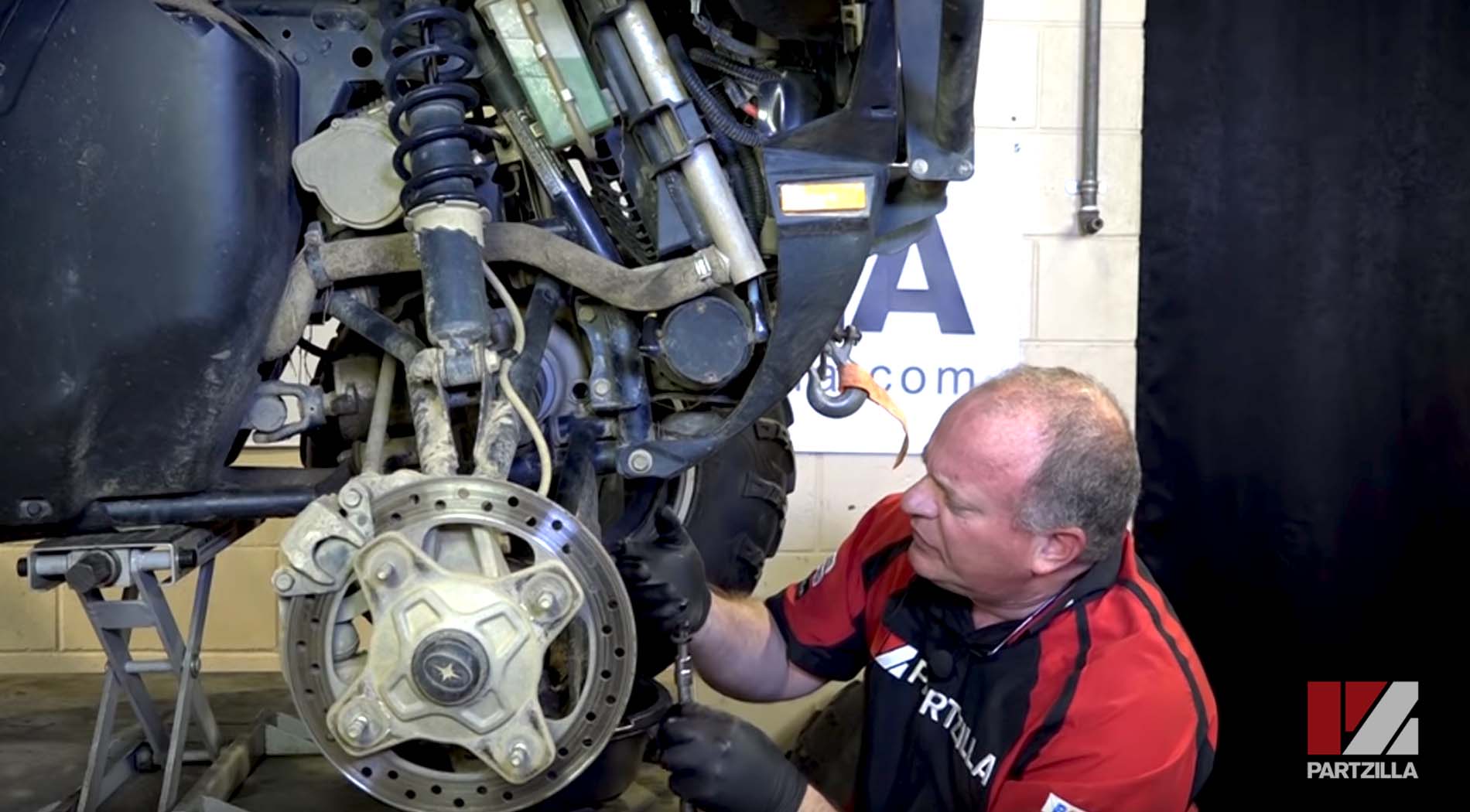Opening the Thrills: Mastering ATV Riding Techniques for Beginners
Opening the Thrills: Mastering ATV Riding Techniques for Beginners
Blog Article
ATV Riding Strategies: Understanding the Art of Off-Roading

Body Positioning
To effectively navigate with difficult off-road terrain, it is important for ATV riders to consistently preserve correct body placing. Keeping the appropriate body setting while riding an ATV not just enhances control and stability yet additionally makes sure the rider's safety. By adopting the appropriate body positioning strategies, bikers can effectively distribute their weight, boost their balance, and minimize the threat of accidents or injuries.
One key facet of appropriate body positioning is keeping the feet on the foot fixes. Putting the feet on the foot secures allows the rider to keep security and control over the ATV. The rider's knees ought to be somewhat bent, giving a slight suspension to keep and absorb shocks balance. Furthermore, the rider's upper body must continue to be kicked back and adaptable, permitting smooth and quick movements when essential. This consists of keeping a light grasp on the handlebars to preserve control without too much pressure.
Moreover, the cyclist's eyes need to constantly be focused ahead, scanning the terrain and anticipating any kind of obstacles or changes in the route. By keeping a forward gaze, bikers can make split-second decisions and respond suitably to challenging terrain.
Throttle Control
Structure upon the value of appropriate body positioning for ATV motorcyclists, mastering throttle control is a crucial skill that makes it possible for bikers to effectively navigate through various off-road terrains. Throttle control refers to the capability to manage the quantity of power supplied to the ATV's engine. By recognizing exactly how to control the throttle, riders can guarantee a smooth and controlled velocity, enabling them to navigate barriers with precision.
Sudden or jerky movements can create the ATV to lose traction or become unsteady, making it challenging to keep control. This method permits the ATV to preserve a constant speed and gives better grip, minimizing the threat of mishaps.
Along with smooth inflection, bikers need to also learn how to balance the throttle with various other riding techniques, such as body positioning and braking. When climbing up high hillsides, motorcyclists require to use adequate throttle to keep energy without causing or overpowering the atv wheel spin. Similarly, when descending high inclines, cyclists should utilize the throttle in mix with appropriate body positioning and braking to maintain control and prevent the ATV from gliding or toppling.

Braking Strategies
A vital facet of ATV riding strategies is grasping effective stopping techniques. It is crucial to keep in mind that extreme braking with just the front brake can trigger the ATV to pitch onward, potentially leading to loss of control or also flipping over. By mastering these stopping methods, you can boost your ATV riding skills and make certain a risk-free and delightful off-roading experience.
Cornering Methods
One essential facet of understanding ATV riding methods is understanding effective cornering techniques. Catching on an ATV can be challenging, however with the appropriate methods, riders can navigate turns securely and successfully. The key to effective cornering is to maintain control of the ATV while making the most of grip and minimizing the danger of toppling.
To implement a proper cornering method, riders ought to come close to the turn at an ideal speed, ensuring they are not going as well rapid or too sluggish. It is vital to move the body weight towards the within the turn, leaning right into it to keep balance and stability. This assists for the centrifugal force and keeps the ATV upright.
Additionally, motorcyclists must maintain their eyes concentrated on the leave point of the turn as opposed to the immediate path ahead (ATV). This enables for smoother and a lot more exact guiding, as it aids the cyclist anticipate any obstacles or changes in surface
Furthermore, proper throttle control plays a significant role in cornering. Bikers should modulate the throttle smoothly, preventing abrupt accelerations or decelerations, which can cause loss of control.
Uphill and Downhill Riding
When navigating off-road terrain, ATV my latest blog post bikers should master the techniques for uphill and downhill riding to keep control and ensure safety. Uphill riding needs a combination of balance, throttle control, and weight circulation. As motorcyclists ascend steep inclines, they need to lean onward to change their weight towards the front of the ATV, which enhances traction on the front wheels and protects against the lorry from turning backwards. ATV. Additionally, maintaining a regular throttle and preventing sudden velocity or slowdown assists to avoid the ATV from losing energy or getting stuck. Downhill riding, on the other hand, calls for cyclists to lean back and change their weight in the direction of the rear of the ATV. This aids to preserve stability and prevent the lorry from turning forward. It is important to use the brakes moderately and apply them progressively to prevent securing the wheels and blowing up. Bikers need to choose the course with the least obstacles, as browsing downhill can be more tough due to the boosted speed and minimized traction. By grasping the strategies for uphill and downhill riding, ATV cyclists can with confidence tackle different off-road surfaces and enjoy a secure and exhilarating experience.
Final Thought
Finally, understanding the art of ATV riding calls for a mix of body positioning, throttle control, braking techniques, and reliable cornering. Uphill and downhill riding also require particular skills to navigate safely. By carrying out these methods, cyclists can enhance their off-roading experience and improve their overall control and safety on the ATV.
ATV Riding Techniques: Mastering helpful hints the Art of Off-Roading is an extensive guide that digs into the ins and outs of mastering the abilities needed for off-road ATV riding. Whether you are a newbie or a seasoned rider, ATV Riding Techniques: Mastering the Art of Off-Roading offers important guidance to help elevate your off-road ATV riding skills to the next degree.

Report this page